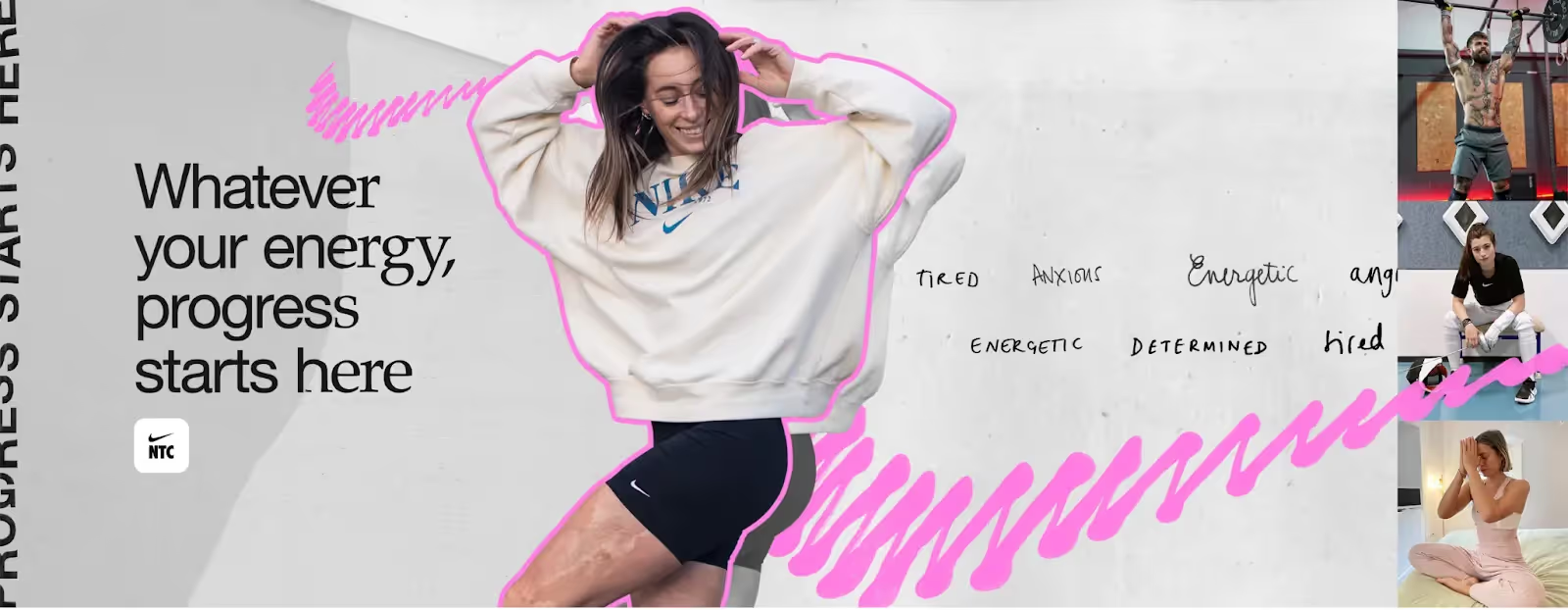Beyond aesthetics: how UX design can create a more meaningful world

Max White
Copywriter & Strategist
Max is often found searching west-county coastlines for the perfect "right-hander". We're not sure what that means, but he seems to enjoy the never-ending hunt for waves. He also happens to be a pretty handy wordsmith.
Max White
Copywriter & Strategist
User experience (UX) design has become an essential part of creating digital products and services, crafting products that are not only visually appealing but also easy to use, efficient, and enjoyable. But the impact of UX design goes beyond just aesthetics.
Here, we’re exploring how UX design can create a more meaningful world, enhancing the connections we hold to the things we use most, and how designers can begin to shape change and enhance our future.
The Role of UX Design in Creating a More Meaningful World
What does it mean to create a more meaningful world? In essence, it’s a world in which people's needs and desires are met, and they can live fulfilling lives. UX design not only places users at the centre of the design process but aims to enhance their quality of life, improve the economic function of businesses and looks to bridge the gaps in accessibility and ethics.
Take Airbnb as an example. By allowing users to rent out their homes and book unique accommodations worldwide, they’ve created a platform that connects people and allows them to experience new cultures and places. The website's intuitive interface eases the administrative tasks that make travel a hassle and grants the user greater opportunity for human connection, novel experiences and ultimately, meaning.

This approach to user-centred design is exemplified by a company like Uber because the truth was, cabs worked. You’d hail a ride, or call the company and the cab would arrive and take you to your destination. But Uber elevated that experience by listening to their users. It wasn’t the time, or even really the hassle - users didn’t like the ambiguous wait times and nondescript pricing. So Uber gave us a map, a pricing estimation and a way to hail cabs with one tap.
Users were less stressed, more assured in their choices and more fulfilled.
Pay attention to emotional cues
Great UX design understands that we make purchase decisions based on emotional cues, and great designers, well they look to understand the emotions you want your customers to feel. Perhaps it’s a desire to learn, or to feel calm?
A product like Nike Training Club is designed to motivate and inspire users to stay active and achieve their fitness goals. The app provides personalised training plans, workout recommendations, and community support, creating an emotional connection between the user, the community and the product.
Ultimately, how a consumer feels when they use a product, can have a profound impact on their quality and life and in turn, how successful your mission is. Consider how a customer moves around your website, what it looks and feels like and most importantly, the words you use.

Using UX to create parity and promote accessibility
Accessibility is essential in creating a more meaningful world because it ensures that everyone has access to the same opportunities and experiences. By considering the needs of people with accessibility issues or disabilities, designers can promote inclusivity and contribute to a more equitable society.
Take for example the Apple Watch which has a variety of accessibility features that make the device easier to use for people with disabilities. The watch has a “VoiceOver” feature that reads out notifications, and a vibration motor that provides tactile feedback to help people who are deaf or hard of hearing.
There’s no UX without a working planet
In considering the environmental impact of the products they create, designers can contribute to a more sustainable future and reduce the negative impact of digital products and services - a trend that we can but almost guarantee will grow exponentially as the stresses on industries and our earth increase.
One example of sustainable design in action is the search engine Ecosia. Ecosia uses the revenue generated from search ads to fund reforestation projects around the world. The website's interface and design are optimised for eco-friendliness, with a dark theme that reduces energy consumption and carbon emissions. And their messaging? Well, it’s honest, accountable and instils hope for a healthier future.

Ethical Considerations in UX Design
Ethical considerations in UX design involve designing products and services that are fair, transparent, and respect users' privacy and security. By prioritizing ethics in UX design, designers can create products that promote trust, safety, and fairness, contributing to a more just and equitable society.
For example, the privacy-focused search engine DuckDuckGo bucks the trend of data harnessing, by not collecting or sharing data, offering a less personalised service and using a privacy policy that is actually easy to understand and transparent.

Then there’s Dove, who’ve designed their entire brand UX and story around self-love and diversity - proof that holding yourself accountable with ethical design principles holds both the power for change and the ability to drive significant profits and market share.


